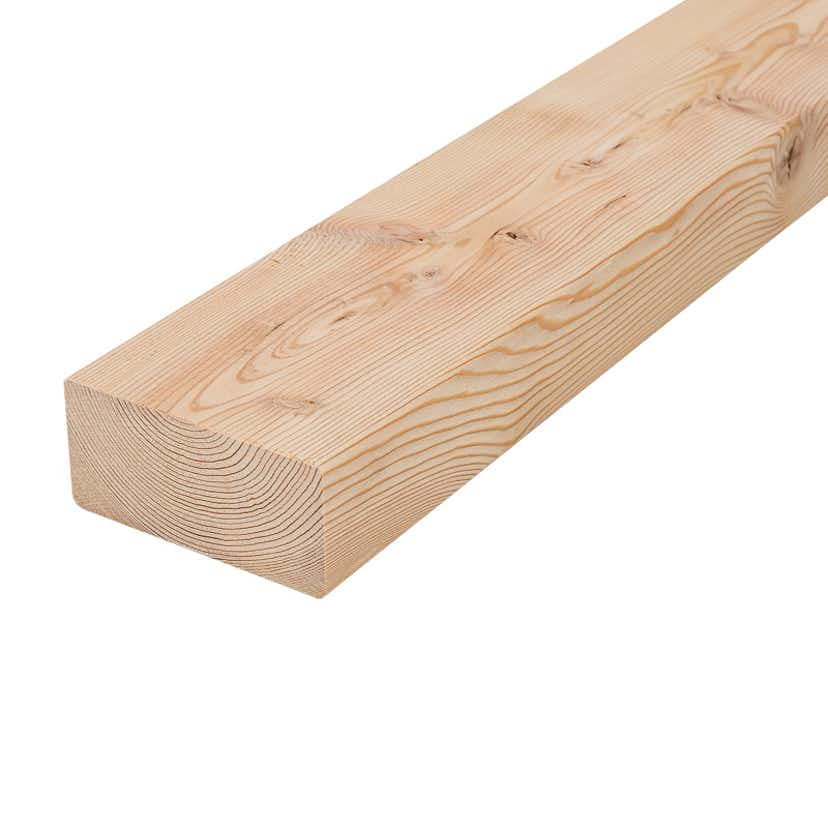I have read some threads on box construction and CLD. I think the conclusion is for low frequency increase stiffness is better, at high frequency increase mass is better, at resonance frequency damping is better.
That seems reasonable since the inertia of the bass driver is rather large shoving the wall around instead of creating lovely sound pressure waves, with the tweeter suffering from whatever shenanigans from the bass driver as Doppler shift, due to short wavelength and a “cabinet” that “flaps” around. Then some (resistive) dampening (in-wall) to cancel zeros in the room causing some bass to be “sucked” out.
Shopping list (gym plates for some mass):
In-wall Dampening (3M bitumen):
And some braces
(Yes, I’m the worlds worst and bodgiest speaker designer)

I’m sure a well-designed mechanical all-pass filter with a nice Q factor for that critically damped step response would sort out most of that in a hurry? An Atkinson-style accelerometer would sort that out in a hurry?
In walls are slick and discreet. I can imagine that in a competently executed setup, the lovey sounds just appears out of nowhere.

